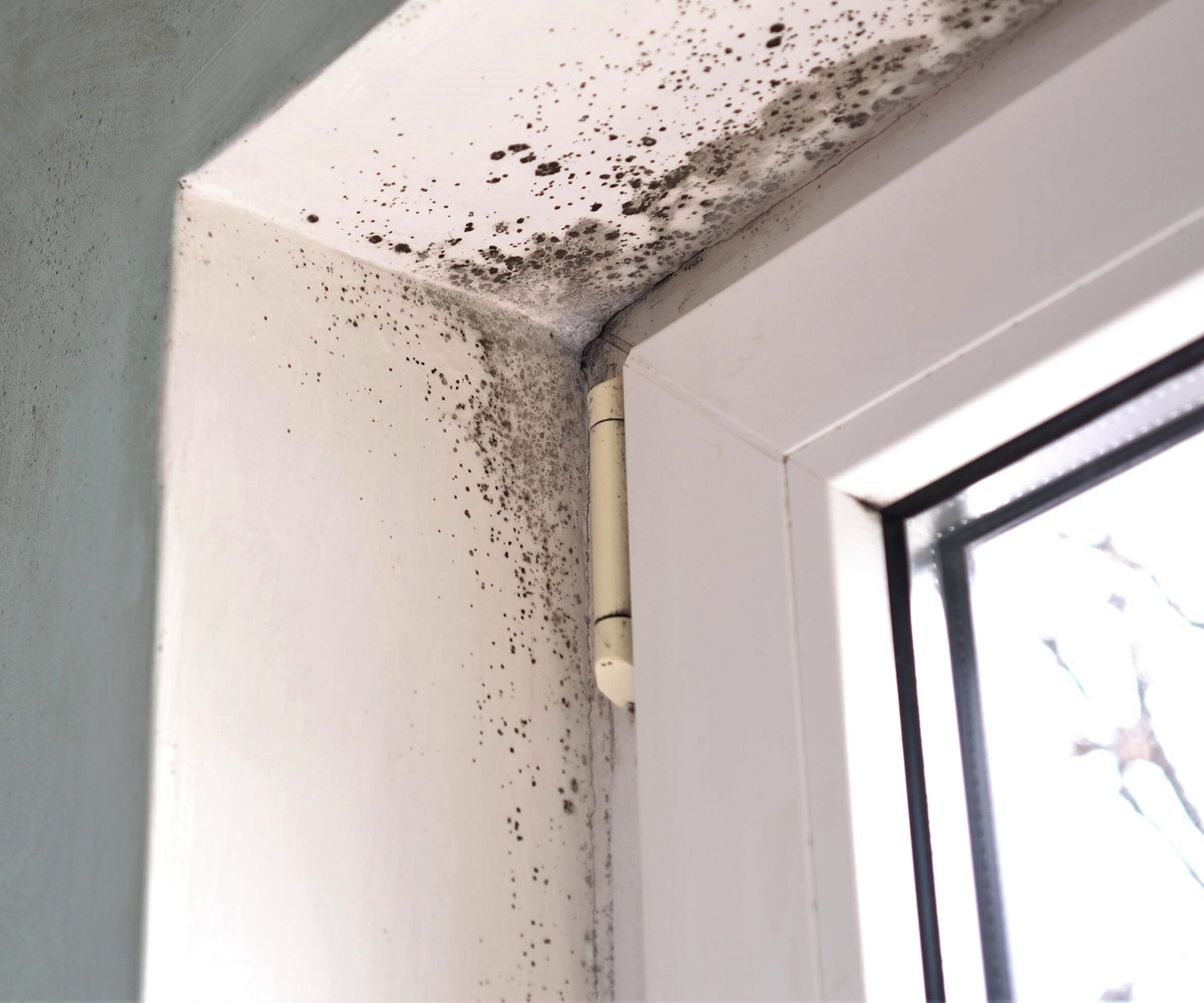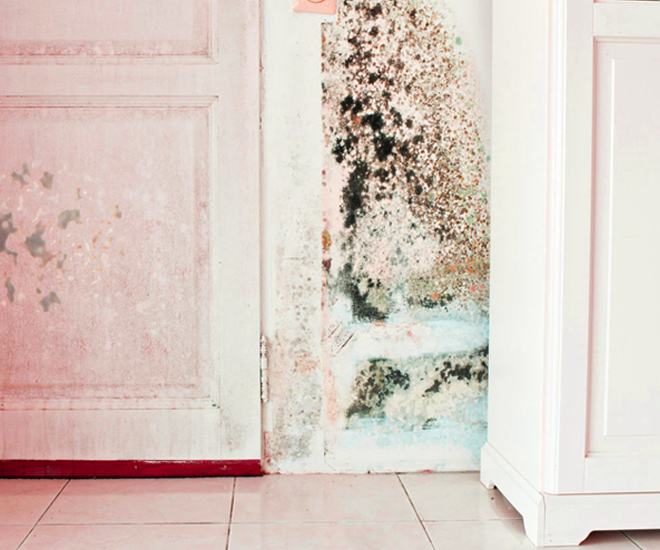Testing Air Quality After Mold Remediation
Wiki Article
Key Steps for Effective Message Mold And Mildew Removal
Effectively finishing mold removal is a diverse procedure that needs focus to detail and adherence to details procedures. These steps not only confirm the success of the remediation initiatives however additionally contribute to preventing future mold and mildew development.Assessment of Treated Areas
Upon conclusion of the mold remediation procedure, a thorough examination of the treated locations is essential to make certain the efficiency of the removal efforts. This examination serves as a crucial action in the post-remediation stage to confirm that the mold elimination and clean-up procedures succeeded in removing the mold problem and restoring a secure indoor environment. The assessment ought to be performed by certified professionals that have the competence to assess the remediated locations diligently.These include visual evaluations to examine for any type of signs of mold and mildew development or water damages, dampness degrees to verify that the area is complimentary and dry of excess humidity that can promote mold re-growth, and air high quality screening to make sure that the indoor air is secure to breathe. Additionally, the examination may entail utilizing specialized tools such as dampness meters and thermal imaging video cameras to spot surprise mold or moisture pockets that can lead to future mold troubles if left unattended.

Wetness Control Actions
Effective wetness control actions are essential for preventing mold growth and maintaining a healthy and balanced interior setting. In addition, making use of dehumidifiers in wet locations can assist minimize moisture degrees, making it harder for mold and mildew to prosper.Regularly examining and maintaining the building's outside can likewise stop wetness breach. Post Mold Remediation. Guaranteeing that gutters are clear, downspouts direct water away from the structure, and the roofing remains in great condition can aid protect against water from leaking into the building. Correctly sealing doors and windows can likewise assist keep dampness out
In instances where water damages happens, timely action is essential. Any kind of spills or leakages ought to be cleaned and dried within 24-48 hours to avoid mold and mildew growth. Making use of dampness meters can assist discover covert sources of water and guarantee comprehensive drying. By applying these dampness control steps, the risk of mold and mildew repeating can be considerably reduced, producing a much healthier indoor atmosphere.
Proper Ventilation Evaluation
An important element of making sure a healthy indoor setting post mold removal is conducting an extensive assessment of the air flow system. Post Mold remediation cleaning. Proper ventilation analysis plays a crucial role in preventing future mold and mildew development and preserving air high quality within the afflicted space. During the analysis, specialists examine the effectiveness of the ventilation system, looking for any kind of clogs, leaks, or malfunctions that can prevent correct air flow. It is necessary to make sure that the ventilation system is sufficiently sized for the space it serves which it satisfies market requirements for air exchange rates.Additionally, evaluating the ventilation system includes analyzing the distribution of air throughout the location to determine any locations of bad circulation where wetness and contaminants can collect. Appropriate ventilation not only aids in controlling moisture levels however also help in removing air-borne mold and mildew spores and other toxins, thus enhancing general interior air quality. By attending to any ventilation concerns post mold removal, homeowner can produce a much healthier and more comfy environment for residents while lowering the risk of mold re-infestation.
Cleansing and Disinfection Protocols
To guarantee thorough mold removal, meticulous adherence to certain cleansing and disinfection protocols is vital. Cleaning up and disinfection methods play an essential duty in the post-mold remediation stage to protect against the reoccurrence of mold development and make certain a healthy and balanced and secure atmosphere.In addition, implementing precautionary actions such as applying mold preventions and keeping proper ventilation can aid minimize the danger of future mold and mildew problems. By following stringent cleansing and sanitation methods, residential property proprietors can ensure the successful elimination of mold and mildew and develop a healthy indoor atmosphere for owners.
Monitoring and Maintenance Plan
Carrying out a normal monitoring and maintenance strategy is crucial for making certain the long-term effectiveness of mold removal initiatives. As soon as mold and mildew removal is completed, it is important to develop a monitoring routine to review the success of the remediation process. This involves consistently examining the formerly impacted locations for any kind of signs of mold reappearance or water damages. By conducting routine checks, any kind of brand-new mold and mildew development can be promptly identified and addressed, avoiding a reoccurrence of the first trouble.Furthermore, developing an upkeep strategy Post Mold Remediation is key to preventing future mold and mildew problems. This plan might include activities such as taking care of plumbing leakages, enhancing air flow, and managing indoor moisture levels. Regular upkeep not only helps in protecting against mold and mildew but additionally contributes to maintaining a healthy and balanced indoor setting. It is a good idea to document all surveillance and maintenance activities to track progression and make sure uniformity in the upkeep of the remediated locations. By executing a comprehensive tracking and maintenance strategy, the risk of mold and mildew re-emergence can be significantly minimized, promoting a secure and tidy living or working setting.
Conclusion
To conclude, effective post mold removal includes complete examination of treated areas, implementation of dampness control measures, assessment of appropriate air flow, adherence to cleansing and disinfection protocols, and facility of a monitoring and upkeep plan. These vital steps are vital to ensure that mold development is successfully gotten rid of and avoided from persisting in the future. By following these guidelines, homeowner can keep a safe and healthy atmosphere for owners.Upon completion of the mold removal process, a complete evaluation of the treated locations is vital to ensure the performance of the remediation initiatives. These include aesthetic evaluations to examine for any type of signs of mold and mildew development or water damages, moisture degrees to confirm that the location is dry and cost-free of excess humidity that might promote mold re-growth, and air top quality testing to make certain that the indoor air is risk-free to breathe. In addition, the assessment might include making use of specialized tools such as wetness meters and thermal imaging cameras to discover surprise mold or wetness pockets that can lead to future mold issues if left unchecked. By dealing with any kind of ventilation problems post mold remediation, property owners can produce a much healthier and more comfy setting for occupants while decreasing the danger of mold and mildew re-infestation.

Report this wiki page